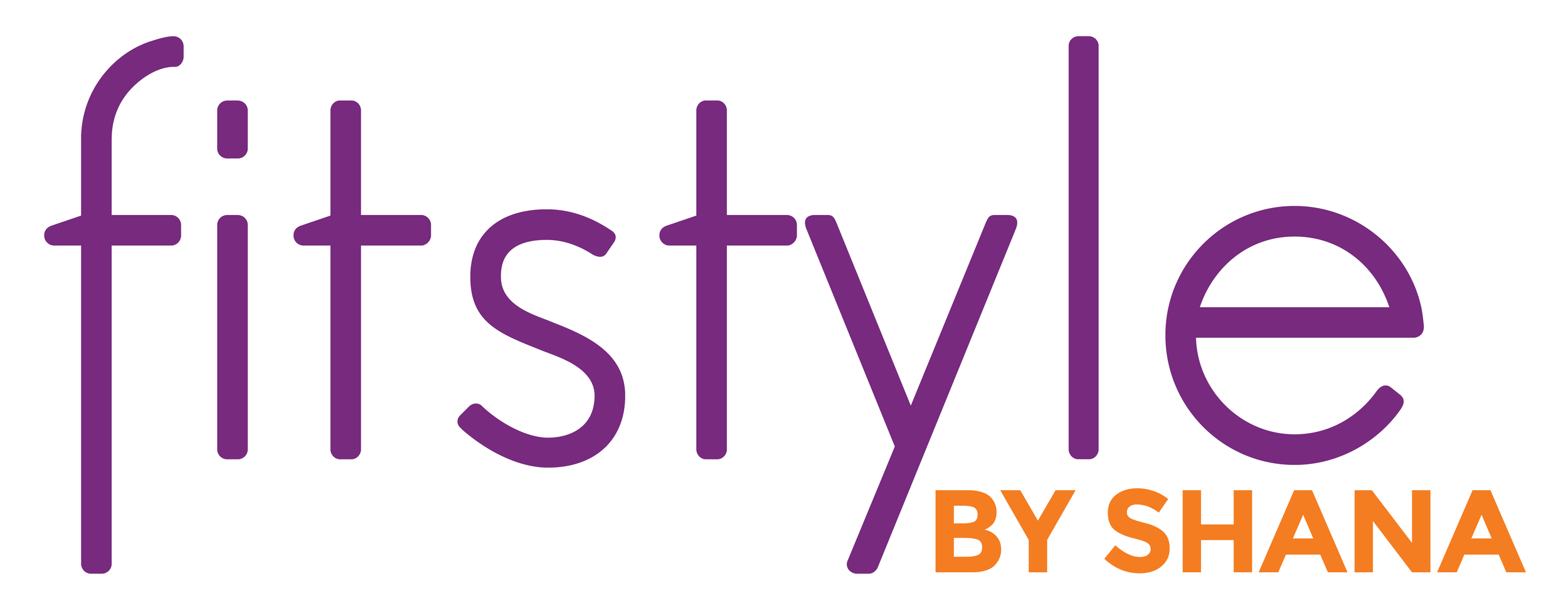Are You Already Doing This Leg Toning Move?
When it comes to strengthening and toning our legs, we have all heard what we need to do - Squats. Seems simple. But when we think about actually doing the squat, we hit some road blocks. Some of us might just dread the move itself and someone saying we should do a set of 20 seems like a ring of hell. Or maybe we have a little more comfort with a squat, but our day of distractions keep us from getting them in.
Here’s some good news about squats… you are already doing them! Getting up from a chair and sitting back down..a squat…same movement off the toilet…haha, a squat. Bending down to look into the oven or pull something out of a lower cabinet, a squat. But you can get so much more out of the squat when you can recognize those opportunities in your everyday life and bring the form to make them even more beneficial.
What are the important parts of a squat?
To get the most out of an exercise, we want to move correctly. When doing a squat, start by standing with your feet hip distance apart, with your toes slightly pointing outward. Then bend your knees to bring your bottom down as if you’re about to sit in a chair. Make sure to keep your back straight, torso upright, and your knees behind your toes. (You should be able to see your toes if you look down.) Once your legs are at about 90 degrees, straighten them to stand back up. Try and focus on keeping your weight in your heels as you bend down, then pause and squeeze your glutes at the top.
Squats are super beneficial to our bodies. They engage our lower leg muscles like the quads and hamstrings (aka our thighs), calves, hip flexors, and glutes (aka our bottoms). They also help strengthen our knee joints and improve flexibility in our lower backs. All of these things help to keep us moving and keep those aches and pains at bay.
Here are some variations…
The easiest way to modify a squat is to change the degree in which we bend our knees. We all have different levels of mobility in our knee joints. For some of us, squatting to 45 degrees is enough, while for others, a squat going past 90 degrees is a fun challenging option.
We can also modify our squat depending on what’s around us. Here are some variations to the move:
Chair Squats: If we aren’t feeling too sturdy in the squat position on our own yet, we can do chair squats. This squat is done in front of a chair, using the process of sitting and standing to engage those legs!
Wall Squats: In this squat, we perform a squat with our backs on the wall. As we lower and lift, our backs stay glued to the wall. If you want to add some fun to this squat, you can try holding the squat at the bottom so your legs stay in that 90-degree angle.
Squat Jumps: To add some cardio to this movement we can add a jump! At the bottom of the squat, use your legs to burst energy upwards into a jump. (Or even just a little hop!)
Ways to add squats to your everyday life…
Now that we know about form and how to turn up the intensity, here are some fitstylish ways to add some power and strength to the squat that you’re already doing in your everyday life:
Doing laundry: Add some additional squats to your laundry routine! When you transfer your washed clothes to the dryer, be sure to lower down by squatting or even holding the squat as you move the clothes from one cylinder to the other. This is called an isometric hold.
Cooking: Next time you have something cooking in the oven, check on your food with a squat! You can feel the burn in your legs while making sure you don’t burn what’s cooking!
Working: We already talked about the chair squat, but we can add a squat in at our desk by just lightly touching our butt to the chair and standing back up and then sitting down! Just think how many additional squats you’ll get in if you turn this into a fitstylish habit!
Now that we’ve covered how to squat, keep an eye out for those opportunities to squat in your everyday lives. As a challenge to see how many squats you’re already doing: Use a post-it or a note in your phone and track how many times you get up and sit down during the day. Then for the rest of the week, add an additional squat to those time to double your squat count.
Leave a comment and let us know if you’ll try it.
